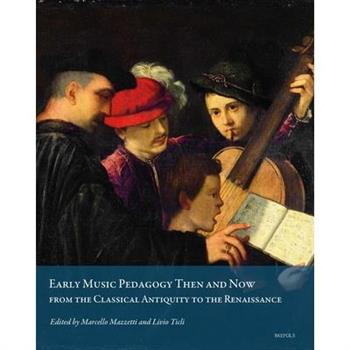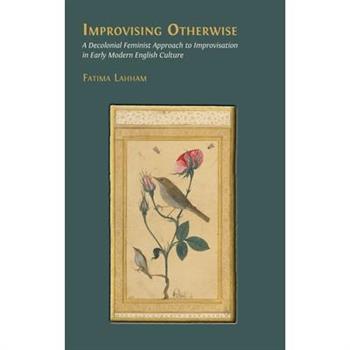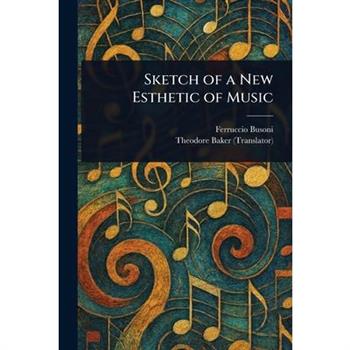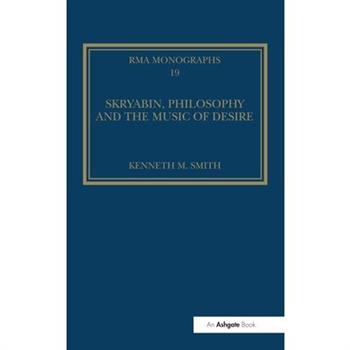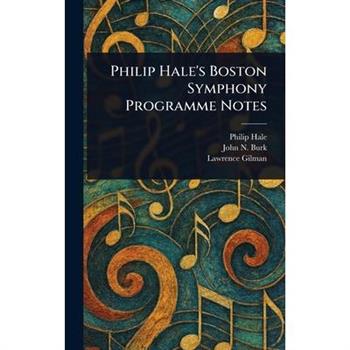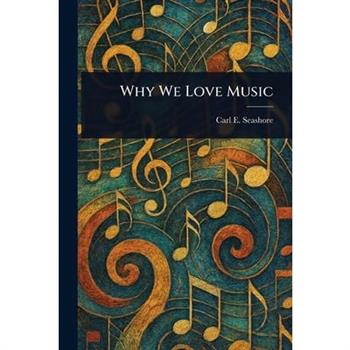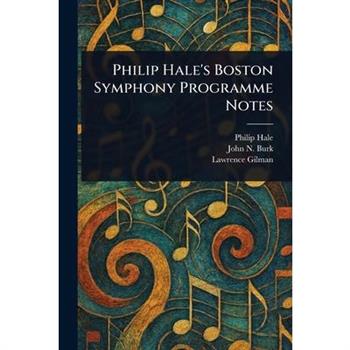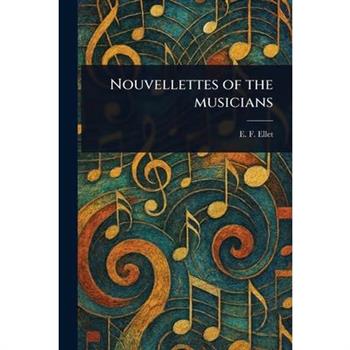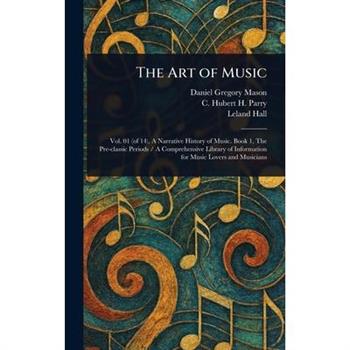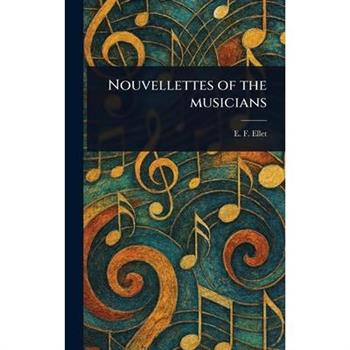Early Music Pedagogy Then and Now
This volume explores various aspects of early music teaching (Historically Informed Music Pedagogy), performance, and theory. Contributions from thirteen scholars address topics ranging from the ancient Greek instrument helikon used for musicians' training to the evolution of the viola bastarda technique linking historical practices with modern applications. Significant attention is given to methodological reflections on early music pedagogy, the reconstruction of incomplete pieces as a method for teaching counterpoint, and the role of improvisation and the creative process in vocal and instrumental music. Additional sections tackle the teaching of ornamentation, contrappunto alla mente and solmisation, with discussions on the status of Musica Practica and its philosophical and educational implications today. New perspectives are offered on Guido of Arezzo with an innovative contribution on the "Dialogus de musica".
Mozart in the Woods
Fifty years ago, something special happened in the remote woods of Pennsylvania, and its song still carries on the wind today.In 1976, Carl Ellenberger, a musician before becoming a physician, gathered friends in a nineteenth-century Chautauqua Auditorium in Pennsylvania's Amish country. They thought it was a beautiful location to play the music they loved, and that it would also be fun. That gentle beginning turned into the organization called Gretna Music and nearly five decades of summer music-making, drawing audiences from across the Mid-Atlantic region to hear over 750 exceptional performances by more than 2,000 musicians from five continents. Gretna Music has welcomed the Audubon String Quartet, Dave Brubeck, Ravi Coltrane, Canadian Brass, Susanna Phillips, Orpheus Chamber Orchestra, Sonny Rollins, and Hilary Hahn, to name just a few. Within "Mozart in the Woods: Gretna Music's 50 Years" are their stories and the stories of Mt. Gretna and its residents: from financial collapse to the literal physical collapse of the hall, from cultural evolution to existential arguments over artistic integrity. Gretna Music has weathered storms, celebrated joyfully, and thrived. Ellenberger's historical account captures this long moment in time, which has simultaneously passed in the blink of an eye, while also offering a blueprint for similar endeavors. "Mozart in the Woods" is perfect for audiences and performers alike, as well as for students of performance and performance management.
Skryabin, Philosophy and the Music of Desire
Commentary on Skryabin has struggled to situate an understanding of the composer's music within his idiosyncratic philosophical world views. Early commentators' efforts to do so failed to establish a thorough or systematic approach. And later twentieth-century studies turned away from the composer's ideology, focusing instead on 'the music itself' with an analytic approach that scrutinized Skryabin's harmonic language in isolation from his philosophy. This groundbreaking study revisits the questions surrounding the composer's music within his own philosophy, but draws on new methodological tools, casting Skryabin's music in the light not only of his own philosophy of desire, but of more refined semiotic-psychoanalytical theory and modern techniques of music analysis. An interdisciplinary methodology corrects the narrow focus of Skryabin scholarship of the last century, offering insights from New Musicology and recent music theory that lead to hermeneutical, critically informed readings of selected works.
Strategies of Micro-Enterprises in the Recording Industry
This book examines the creative and flexible approaches independent jazz labels use to navigate today's challenging music industry landscape. By combining desk research with in-depth interviews with label owners and digital distributors, this study sheds light on how these micro-enterprises confront limited resources, the impact of streaming services, and an increasingly digital marketplace. It explores key strategies in financial management, distribution, and marketing, revealing how adaptability and creative problem-solving are essential to building a sustainable business. The findings emphasize the role of community building and digital marketing in reaching audiences, as well as the strategic use of digital tools for distribution. Through this detailed analysis, the study offers a practical understanding of the day-to-day realities and long-term goals of independent jazz labels, along with valuable insights for small music enterprises striving to stay relevant. The book is valuable for both an academic audience and practitioners in the field of music production.
Elk Bugles
Think of the pre-2000 music history of Colorado and, depending on your age, you might immediately think of John Denver and Judy Collins. Or maybe your thoughts turn to The Astronauts, Big Head Todd & the Monsters, Firefall, or the String Cheese Incident. While the state is known for many successful recording artists, it is also home to many unacknowledged singers and bands, who released small label shellac and vinyl recordings, and then became lost in the music history of Colorado. Elk Bugles recognizes almost 3,000 lesser-known bands, singers and recordings from the Rocky Mountain State, in a detailed collector's guidebook of more than 6,000 records listed, complete with photos.
Eyeliner's Buy Now
Michael Brown undertakes a thorough study of Eyeliner's BUY NOW, a vaporwave homage to the kitsch electronic sounds of the 1980s and 1990s. Eyeliner's BUY NOW (2015) belongs to a new genre for our times: vaporwave. Emerging in the early 2010s on the internet, vaporwave originated with a cohort of millennial artists who reimagined the musical soundtracks of 1980s-1990s consumerism with an adroit mixture of irony and sincerity. One of these was Eyeliner, the alias of New Zealand computer musician Luke Rowell (a.k.a. Disasteradio). For his vaporwave masterpiece, Rowell harnessed computer software to craft a unique album, a catchy, funky, and witty tour through the utopias of advertising at "the end of history." BUY NOW epitomizes a new kind of album for the internet age: made DIY-style, all digital, free, licensed under Creative Commons, and released to a "virtual" community, an online scene without geographic center. Drawing on original interviews and the album's production archive, this book uses BUY NOW's story to investigate what it means to create, distribute, and consume independent music in an era of global networks and digital technology. It places the album in both the real-world and online contexts of Rowell's life and career, from early websites to the Spotify era, from Lower Hutt to the world.




